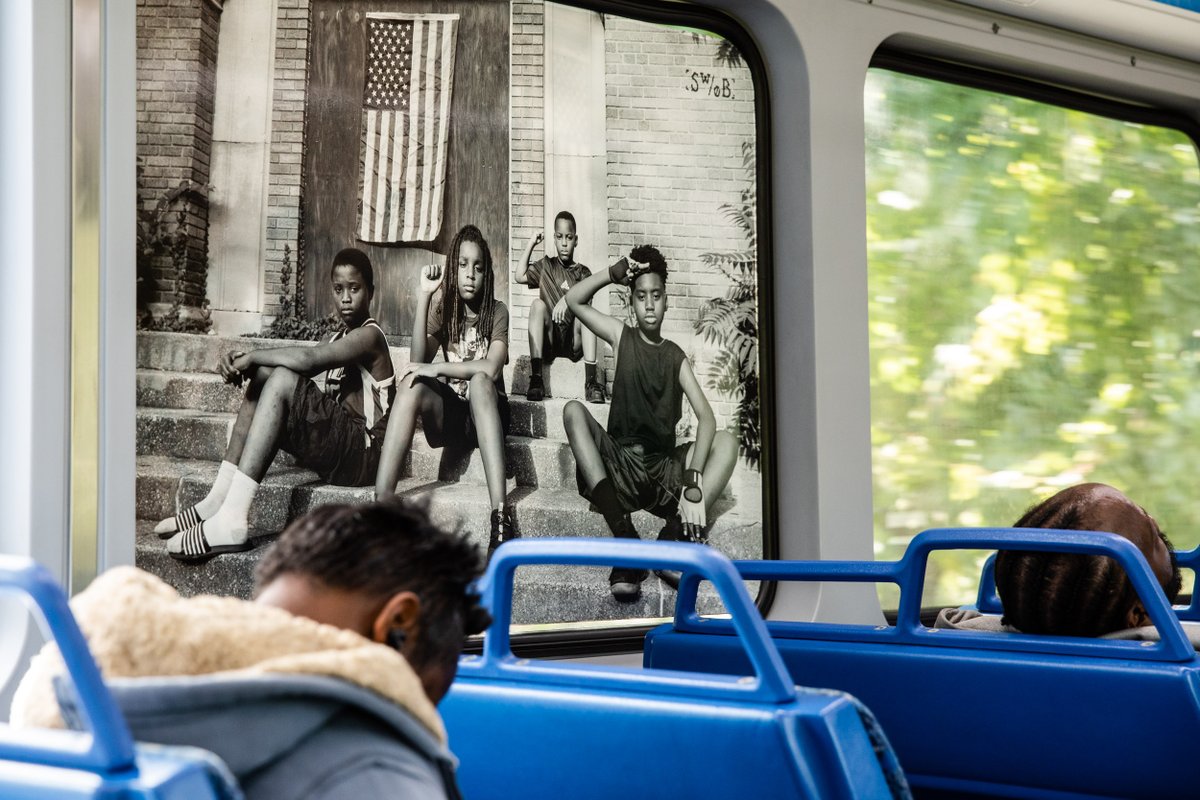In an Art Works podcast hosted by the National Endowment of the Arts, Isabel Wilkerson describes what life was like for African Americans at the turn of the century, at the beginning of the “Great Migration” from the southern states to the northern. It is almost hard to believe that we are only sixty years from this type of lifestyle:
“…many of us believe that we have an understanding of it based on the pictures that we might have seen of the black and white water fountains, for example. But in many ways, that was just the least of it. That was, in some ways, probably what many of them might have been able to live with, considering all that they were really up against. From the moment they would awake in the morning to the moment that they turned in for the night, there were reminders, rules, protocols, expectations, limits, restrictions on every single thing that they might do. In Birmingham, for example, it was against the law for blacks and whites to play checkers together. In courtrooms throughout the South, there was a black Bible and a white Bible to swear to tell the truth on. That meant that if a black person were to take the stand, they could not swear to tell the truth on the same Bible that had just been used for the white eyewitness who might have just testified, so they’d have to stop everything and find a different Bible for that person to use, so that in every sphere of life, anything that could be conceived of was put into law. There were separate staircases, separate telephone booths. Also, interesting enough, one that many young people respond to more than anything is the idea, the fact that an African American motorist was not permitted to pass a white motorist on the road, no matter how slow that motorist might be going. And of course, because a caste system in itself is in some ways hard to maintain–and it lasted for 60 years by law, and longer than that by tradition– it was difficult to maintain. And so therefore, the way to enforce it required violence, and so every four days, somewhere in the South during the time period we’re discussing, the early years of the migration– the early decades of the migration, I should say– there was a lynching of an African American once every four days. And that was what was necessary in order to maintain this caste system, which in some ways was untenable.”


